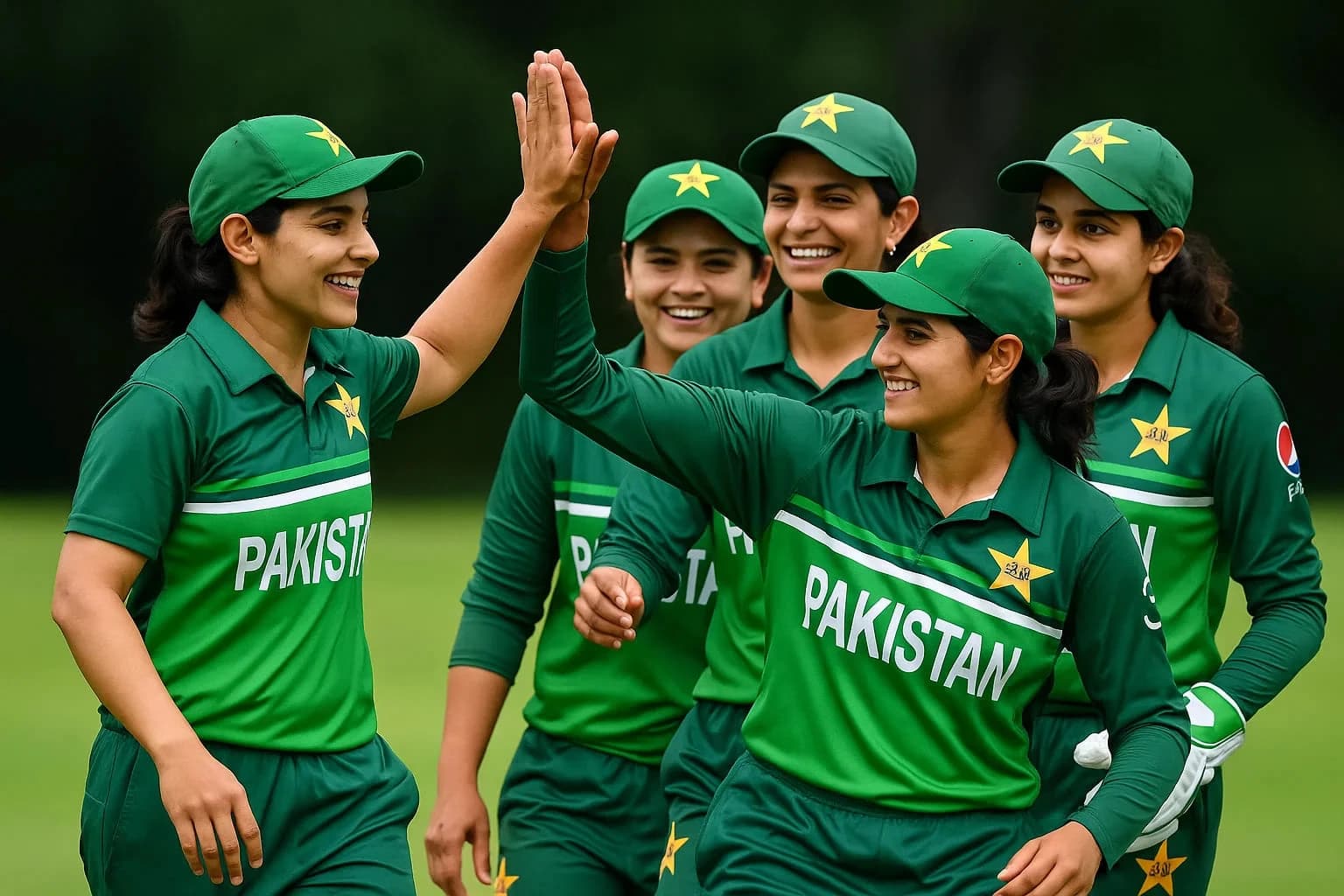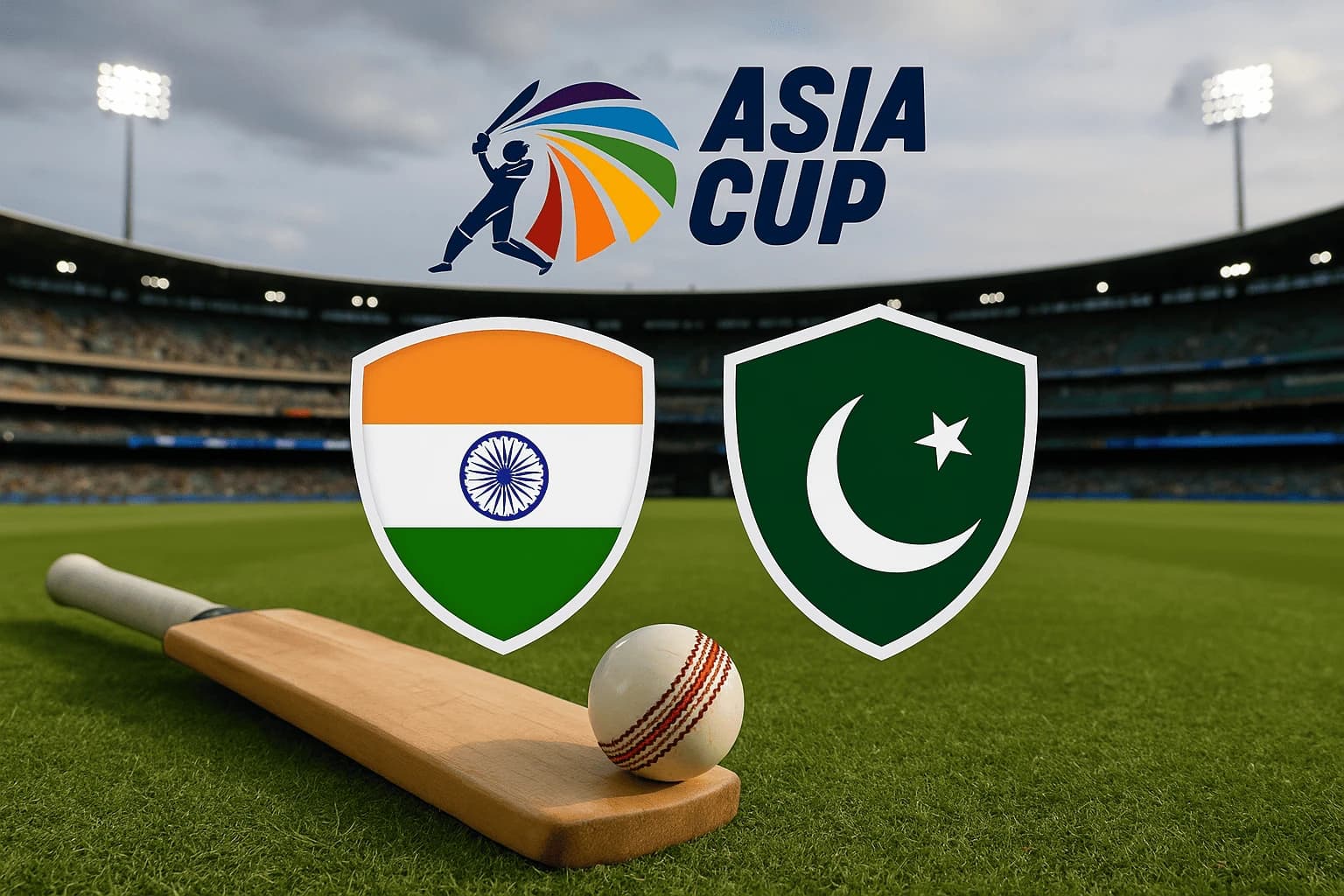
* All product/brand names, logos, and trademarks are property of their respective owners.
Cricket is more than just a sport in Pakistan — it’s a national obsession. Streets, rooftops, and playgrounds echo with the sound of a bat hitting a ball, and for decades, boys across the country have dreamed of donning the green jersey. But what about the girls? For years, the idea of women playing cricket professionally in Pakistan was met with skepticism, resistance, and often silence. In a country where cultural norms and societal expectations have long dictated what women can or cannot do, stepping onto a cricket pitch was more than just an athletic choice — it was an act of quiet rebellion.
Yet, despite the odds, the story of women’s cricket in Pakistan has taken a remarkable turn. What once seemed impossible is now becoming a movement. From barely getting noticed to now making headlines in international tournaments, Pakistani women cricketers have pushed past barriers with grit, talent, and relentless determination.
This blog explores that powerful journey — from the overlooked beginnings to the visible victories. We’ll delve into how the Pakistan women’s cricket team took its first tentative steps, how institutional backing from the Pakistan Cricket Board (PCB) played a crucial role, and how today’s players are not only competing at the highest levels but also inspiring a new generation of girls to dream big.
The rise of women’s cricket in Pakistan isn’t just a sports story — it’s a revolution in motion. One that blends athletic ambition with social change, and proves that cricket truly is for everyone.
The foundation built during the early years paved the way for Pakistan’s women’s cricket to grow beyond survival — towards success and recognition. As new talent emerged and international exposure increased, the narrative shifted from “can they play?” to “how far can they go?”.
With each passing year, more young girls across Pakistan began to see cricket not just as a dream, but as a real career path.
The journey of Pakistan’s women’s cricket team began in 1997, when the country played its first official One Day International (ODI) against New Zealand. But their arrival on the world stage wasn’t the result of a well-planned development program — it was a bold and defiant step taken in the face of overwhelming odds. In a deeply conservative society, where women’s roles were largely restricted to the domestic sphere, the idea of women playing cricket — especially internationally — was unheard of.
Early players faced criticism not just from the public, but even from within their own families and communities. There were no facilities, no coaches, no contracts. Even arranging kits and travel for international matches was a logistical nightmare. The team’s earliest members were trailblazers, often self-funded, driven purely by passion and a desire to play.
Despite the initial losses and lack of recognition, the fact that they were on the field at all was revolutionary. These early years laid the groundwork for everything that followed.
A major turning point came in 2005, when the Pakistan Cricket Board (PCB) formally established its Women’s Wing. This move brought much-needed structure and legitimacy to the women’s game. For the first time, the team had access to:
Training facilities
Official selection processes
Financial backing
Still, progress was slow. Resources were limited, and women’s matches received minimal media coverage. However, this formal recognition allowed for the start of domestic tournaments and grassroots programs, opening the door for young girls across the country to consider cricket as a serious pursuit.
The PCB’s involvement gave the women’s team a platform — and slowly but surely, the results began to show.
While early matches were often one-sided losses, there were glimmers of hope. A major figure in Pakistan’s cricketing rise was Sana Mir — former captain, off-spinner, and one of the most influential female athletes in the country. Under her leadership, Pakistan won gold at the Asian Games in 2010 and 2014, significantly raising the profile of women’s cricket.
These victories weren’t just about medals; they were about validation. Each milestone, each upset win, each international appearance began to change public perception. Women’s cricket was no longer an oddity — it was becoming a respected sport.
From a hesitant beginning to making a mark on the global stage, the early struggles of Pakistan’s women cricketers weren’t in vain. They laid the foundation for a new chapter in Pakistan’s cricketing history — one where women were not only allowed to play, but were finally being celebrated.
As women’s cricket in Pakistan continues to evolve, it’s clear that the foundation laid by the pioneers has turned into a powerful movement. The transformation isn’t just visible in better performances — it’s reflected in the confidence, exposure, and ambition of a new generation of players.
From improved training facilities to media recognition and sponsorships, the ecosystem is finally aligning to support long-term growth. But this journey is far from over — it’s entering its most exciting phase yet.
Over the past decade, women’s cricket in Pakistan has undergone a quiet yet powerful transformation. One of the most crucial developments has been the expansion of domestic infrastructure and grassroots support. Thanks to sustained efforts by the Pakistan Cricket Board (PCB), young girls in major cities — and even smaller towns — now have clearer pathways into the sport.
Tournaments like the PCB Women’s National T20 Cup and various inter-regional competitions have given players regular match practice and visibility. Coaching camps, fitness programs, and regional academies have started emerging in cities like Lahore, Karachi, Multan, and Peshawar. For the first time, a structured cricketing journey exists for female athletes — from school-level tournaments to national representation.
This growing domestic ecosystem is essential. It not only provides a platform for talent to flourish but also fosters competition and professionalism, pushing players to raise their game.
Thanks to an improved domestic pipeline and increased international exposure, Pakistan’s women’s team is now home to several standout performers making waves globally.
Nida Dar, famously dubbed “Lady Boom Boom,” is a trailblazer — she became the first Pakistani woman to play in Australia’s Women’s Big Bash League (WBBL), breaking new ground for Pakistani cricketers overseas. Her all-around skills, fierce competitiveness, and leadership as captain have inspired a generation of girls to believe they, too, can dream big.
Aliya Riaz, with her power-hitting ability, and Muneeba Ali, the first Pakistani woman to score a T20I century, have added firepower to the squad. Their consistent performances have shown that Pakistan’s bench strength is growing stronger with each passing season.
Sidra Ameen, one of the most technically sound batters in Pakistan’s lineup, has become a symbol of consistency and class. In 2022, she made history with a century against Ireland, becoming the first Pakistani woman to score two ODI centuries in a calendar year — a remarkable achievement that earned her global recognition.
And then there’s Fatima Sana — a true rising star. A fast-bowling all-rounder from Karachi, she won the ICC Emerging Women’s Cricketer of the Year award in 2021. Her swing bowling and fearless attitude have impressed fans and analysts alike. Still in her early twenties, Fatima has already become a match-winner for Pakistan in both formats and is seen as a cornerstone of the team’s future.
Together, these women aren’t just lifting trophies — they’re lifting perceptions, challenging norms, and proving that Pakistan's women can compete, lead, and excel at the highest levels of the game.
Perhaps the most significant victory of all isn’t on the scoreboard — it’s in the mindset of the nation. Women’s cricket is helping rewrite societal expectations and offering powerful examples of female empowerment in a traditionally male-dominated culture.
More girls are now seen playing cricket in schoolyards and parks. Media coverage has improved, and brands are beginning to take an interest in endorsing female athletes. Cricketers like Sana Mir have even spoken at global platforms like the United Nations, advocating for gender equality and sports development.
In a country where women have long fought for space in public life, cricket has become a symbol of progress. Every run scored and wicket taken is more than a statistic — it’s a statement.
The story of women’s cricket in Pakistan is more than a timeline of matches won or milestones achieved — it’s a story of courage, resilience, and transformation. From the hesitant beginnings of the 1990s, when a handful of determined women dared to step onto the cricket field, to today’s rising stars making their mark on the international stage, this journey has been nothing short of revolutionary.
Women like Sana Mir, Sidra Ameen, Nida Dar, Fatima Sana, Aliya Riaz, and Muneeba Ali have not only carried the team forward — they’ve also carried the hopes of countless girls across Pakistan who now dream of picking up a bat or ball. Every boundary they hit, every wicket they take, is more than just a statistic; it's a strike against stereotypes, a celebration of ambition, and a symbol of progress.
Thanks to structural support from the PCB, increasing domestic opportunities, and growing media coverage, women’s cricket is gaining the recognition it deserves. But the revolution is far from over. To ensure lasting impact, continued investment is essential — in coaching, infrastructure, sponsorships, and, most importantly, in grassroots development across cities and villages alike.
This is a defining moment. With the right support and vision, Pakistan can build a women’s cricket program that not only competes globally but also leads. The revolution is already in motion — now it’s time to accelerate it.
So the next time you cheer for a six or celebrate a wicket, remember: behind every moment of glory is a story of struggle, and behind every rising cricketer is a nation beginning to believe.
Also Read
Pakistan’s Next Cricket Superstars – Rising Talents to Watch in 2026

13 September 2025
No comments yet. Be the first to comment!